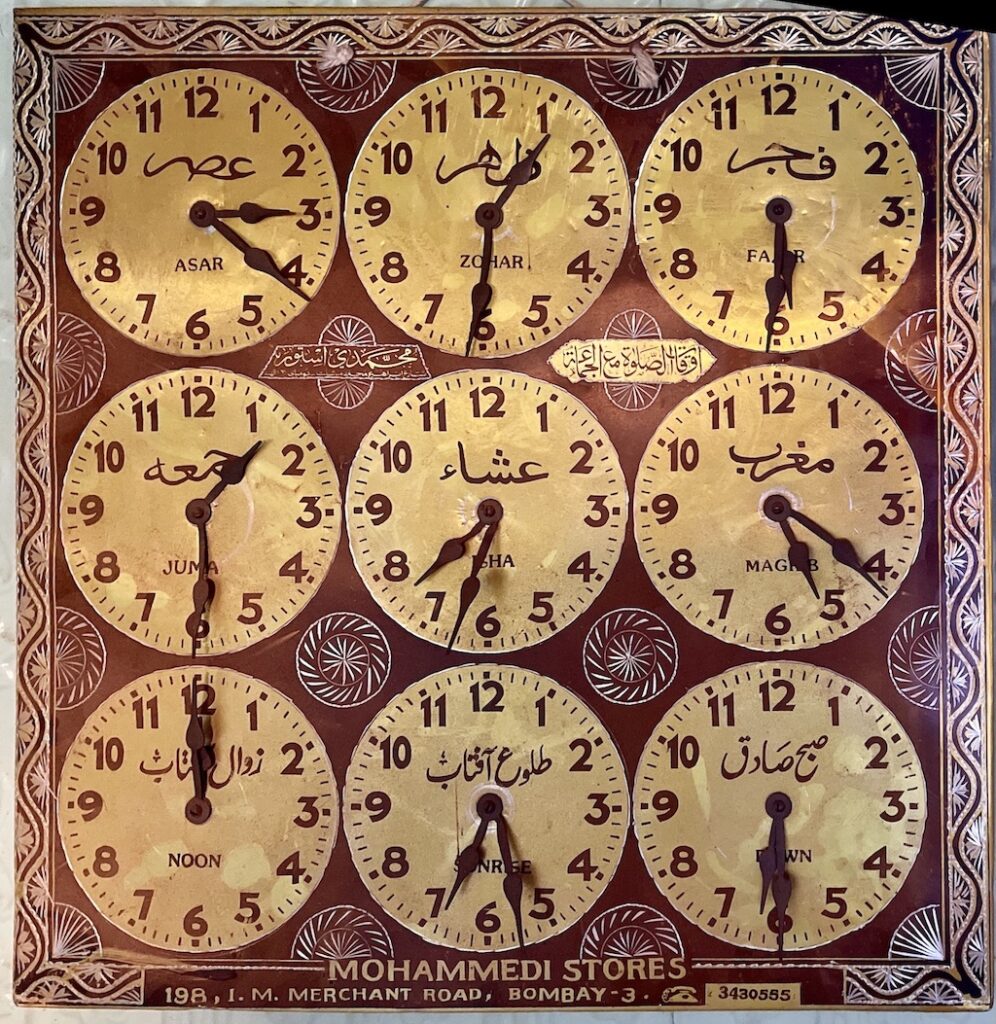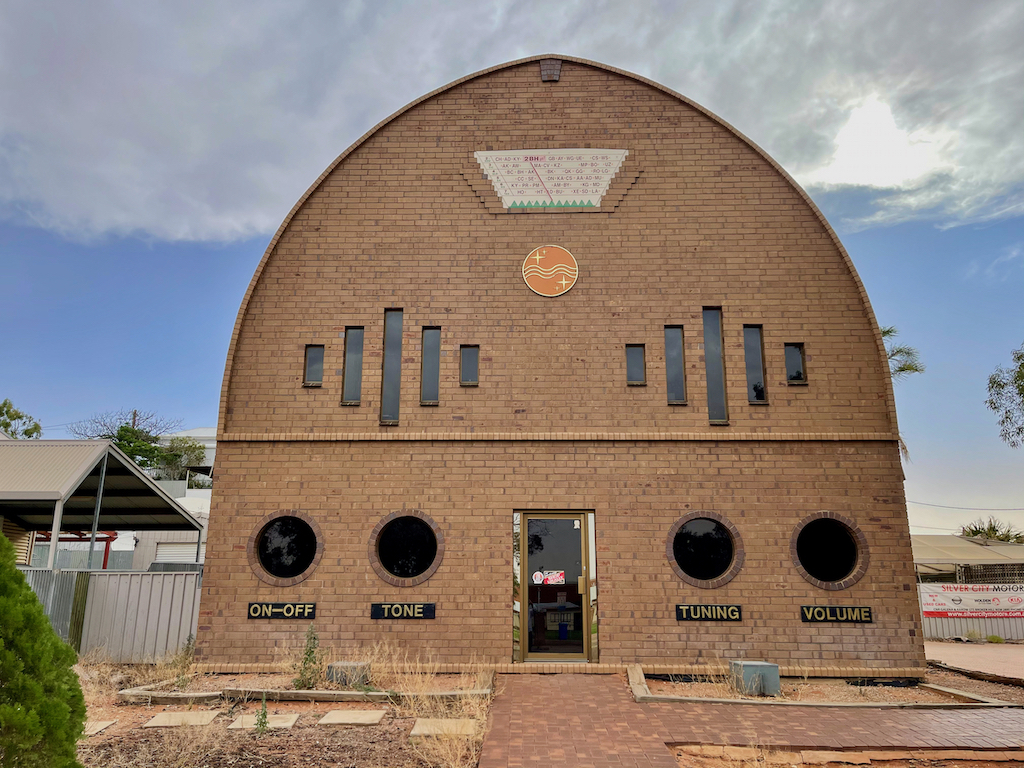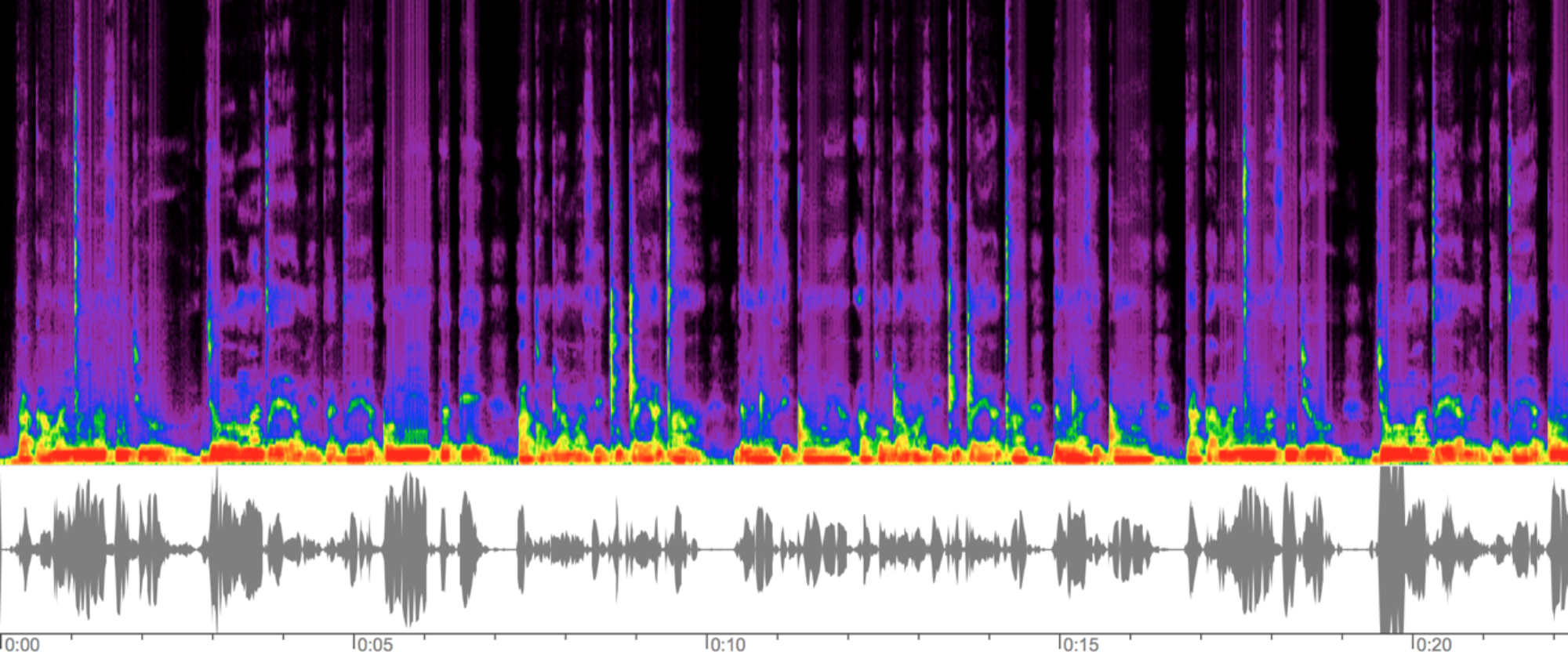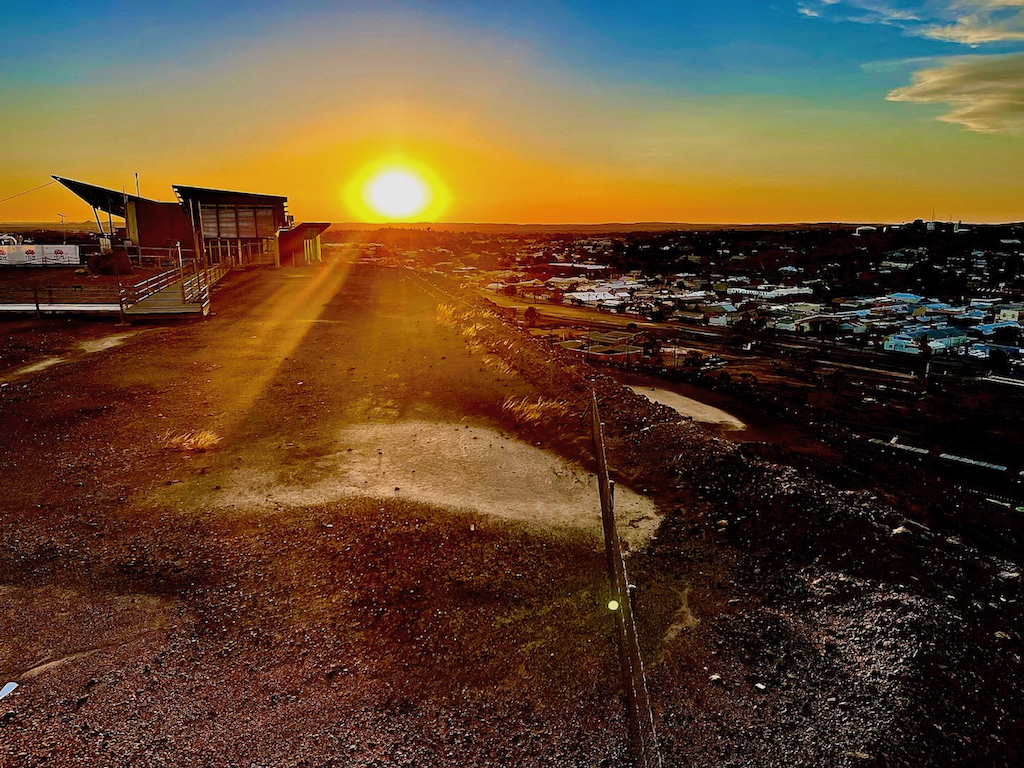A boom-town, a city with its streets lined with (well) Silver? The home of workers’ power and mining magnates? A landscape borrowed from the Moon – dismembered and scarred with industrial litter.
Only a century and a half ago this was the undisturbed country of the Wilyakali people, part of the larger tribal group of the Darling River Basin in the remote west of New South Wales. Wilyakali language is part of the wider Paakantyi language spoken by the Paakantji, Mayyankapa, and Nyiimpaa groups. The Wilyakali people remain the predominant indigenous inhabitants of the City of Broken Hill.
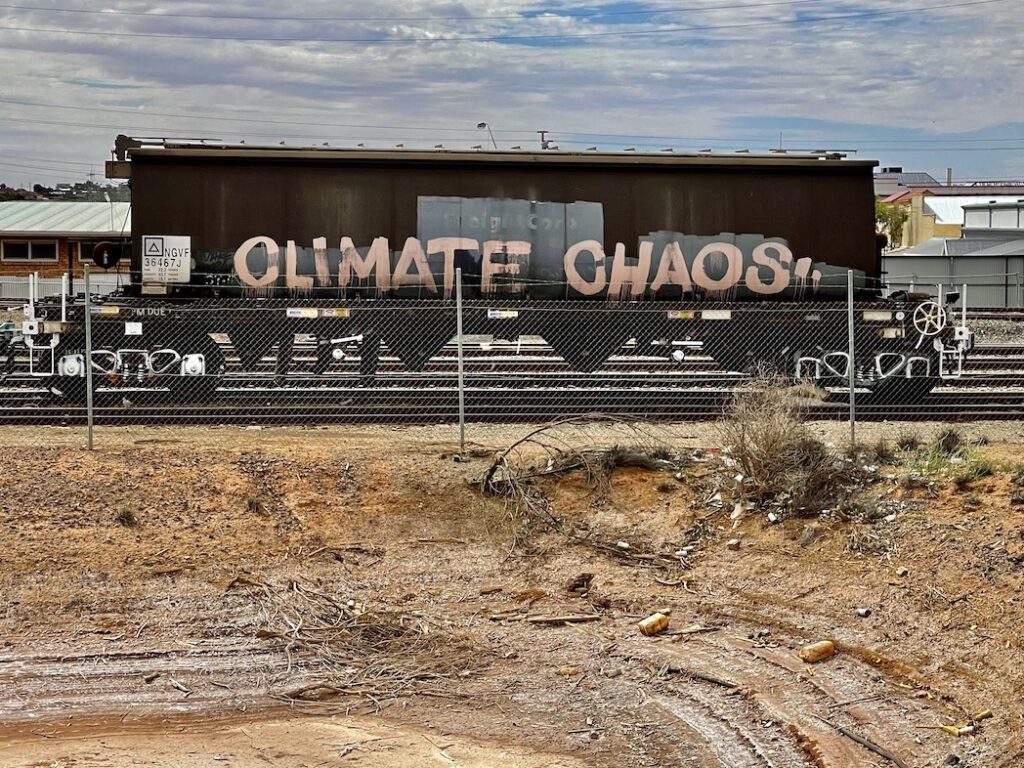
Remote populations, indigenous or settler, share a strong sense of community – Broken Hill is no exception, and its tough physical and industrial environment produces a culture of solidarity laced with a robust sense of humour.

My association with the city began by bringing my sculpture students on long (hot and dusty) environmental-art camps and my relationship with Broken Hill and the surrounding landscape has recently been revived by a period as the “Artist in Residence” for the City Art Gallery. This web page is just one element of the creative project entitled “The Past is our Future; The Future is our Past.”
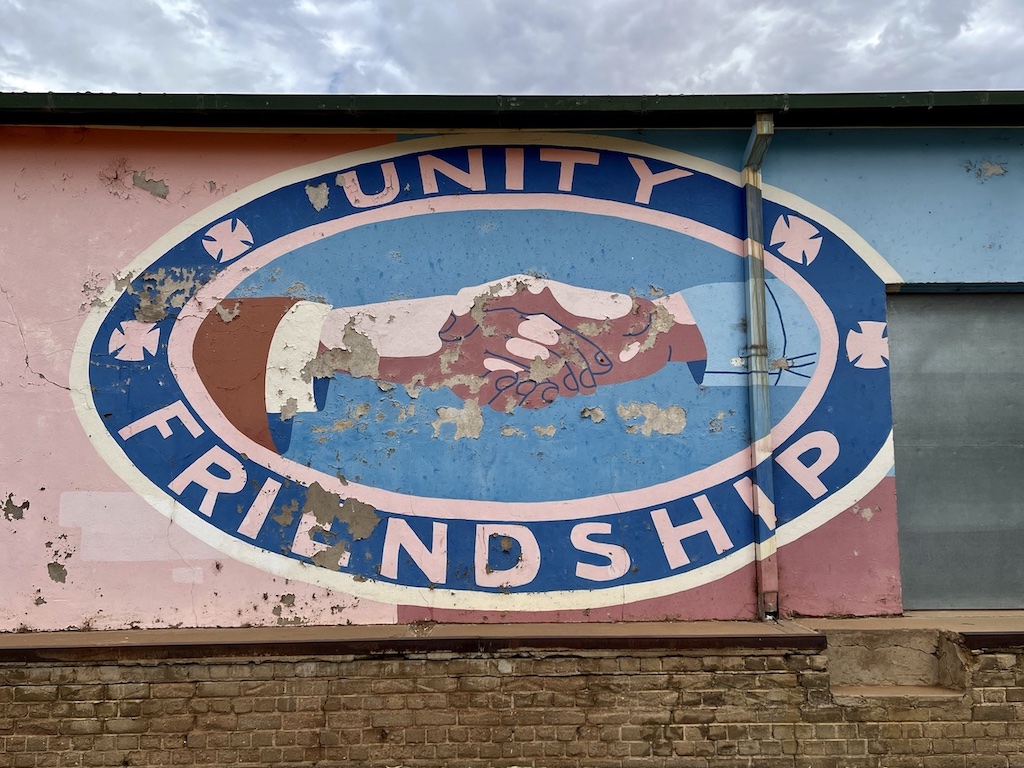
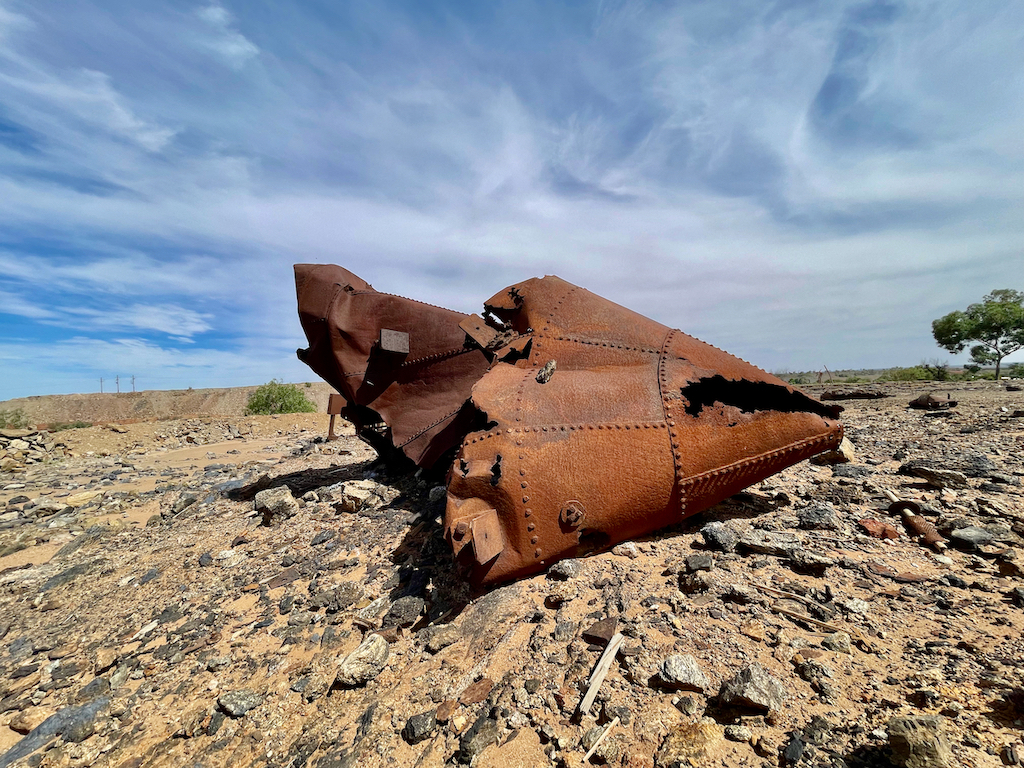
During my first reconnaissance trip to Broken Hill I interviewed an old-timer and I was struck by something he said about the City. “The past is our future.” I came away from our meeting thinking about history and heritage as an obvious form of tourist marketing, but also as a form of pride and identity. I ran this mantra over and over and realised that it could also operate as a type of palindrome “The Past is our Future; The Future is our Past” which became the title of my project.

The installation work will debut in the Broken Hill City Gallery in late September 2022 and is accompanied by a series of publications and QR codes that link to online content. Keep your eyes peeled for updates on this site.
